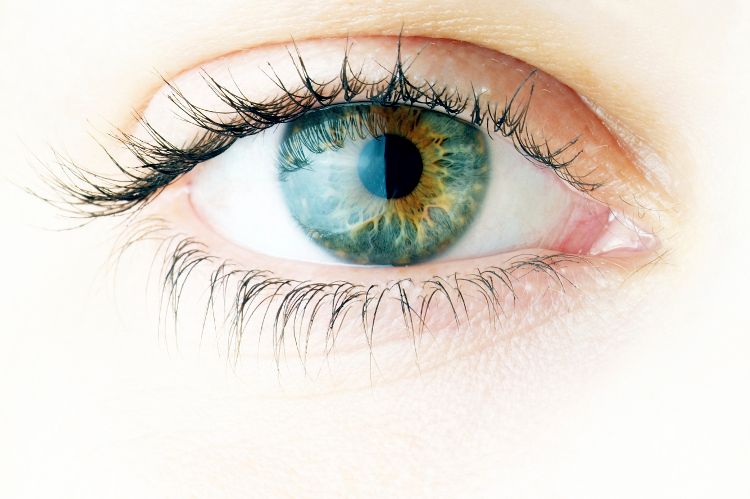New "Mind the Gap" resource from IADSA focuses on threat to eye health from blue light
Blue light-and the serious harm it can do to eye health-is the subject of International Alliance of Dietary/Food Supplement Associations’ (IADSA) latest Mind the Gap resource.
Photo © iStockphoto.com/fotoadrenalina

Blue light-and the serious harm it can do to eye health-is the subject of International Alliance of Dietary/Food Supplement Associations’ (IADSA) latest Mind the Gap resource. “The Dark Side of Blue Light” explores how our exposure to blue light has surged due to the increased use of smartphones, computer monitors, and LED lighting. It is estimated that we now spend an average of 3.25 hours per day looking at our phones, nearly 50 days every year, according to the University Medical Centre, Groningen.
Because blue light is more energy-intense than other types of light, it can penetrate deep into the eye and, over time, increase the risk of irreversible degenerative conditions that may result in blurred vision.
Until now, the irreversible degeneration of macular health has been most likely to start after the age of 50. Unfortunately, there is evidence emerging that a growing number of people are being impacted in their 40s. There is concern that increased blue light exposure may be to blame.
According to IADSA’s new resource, a daily intake of 10 mg lutein and 2 mg zeaxanthin may help to maintain macular health. However, because these levels may be difficult to obtain from the diet, supplements offer an alternative source. Most of the lutein and zeaxanthin used in supplements are derived from yellow marigold flowers, which are rich in both these antioxidants.
The Dark Side of Blue Light was developed by IADSA in association with the Council for Responsible Nutrition (CRN). “Smart phones, computers, and energy-efficient LED lighting have enriched our lives and delivered many benefits to society,” said CRN president and CEO Steve Mister, in a press release. “The flipside is a detrimental impact on eye health. With studies showing that 10 mg lutein and 2 mg zeaxanthin can help to maintain eye health, including these antioxidants in the diet is a sensible step to take.”
“Exposure to blue light has increased for people of all ages, which means eye health is no longer a priority only for the elderly,” added Cynthia Rousselot, director of technical and regulatory affairs at IADSA, in a press release. “Our new Mind the Gap story brings this issue to life in an engaging and impactful way.”
Prinova acquires Aplinova to further increase its footprint in Latin America
April 7th 2025Prinova has recently announced the acquisition of Brazilian ingredients distributor Aplinova, which is a provider of specialty ingredients for a range of market segments that include food, beverage, supplements, and personal care.

.png&w=3840&q=75)

.png&w=3840&q=75)



.png&w=3840&q=75)



.png&w=3840&q=75)









